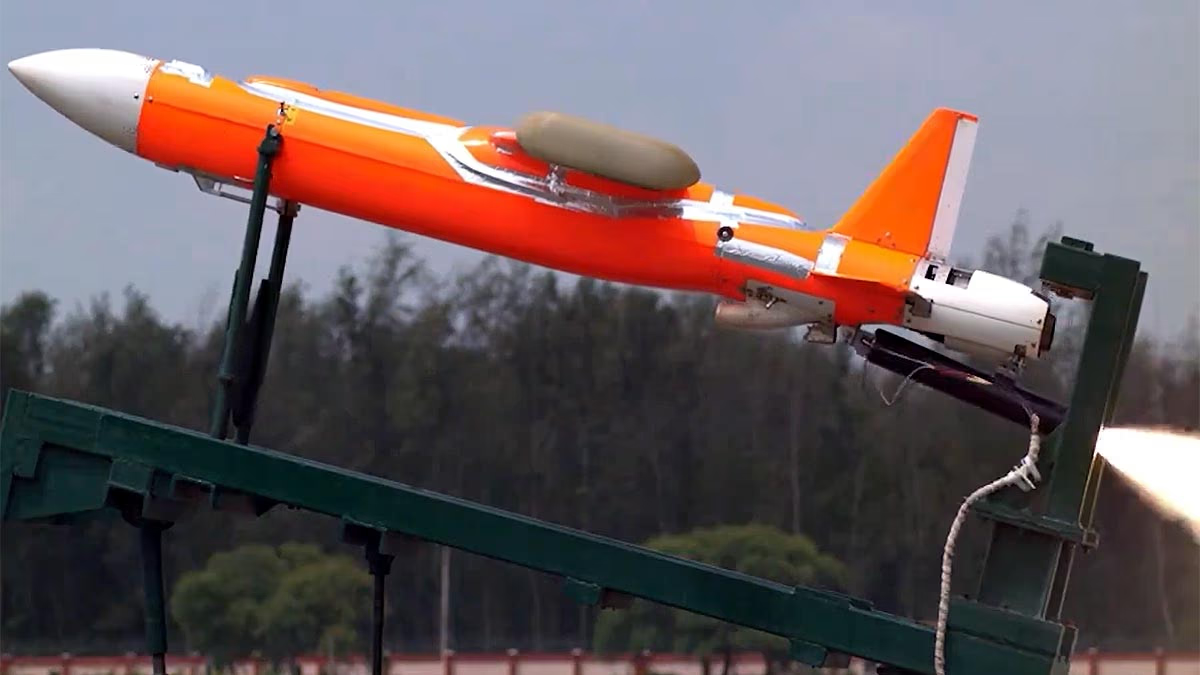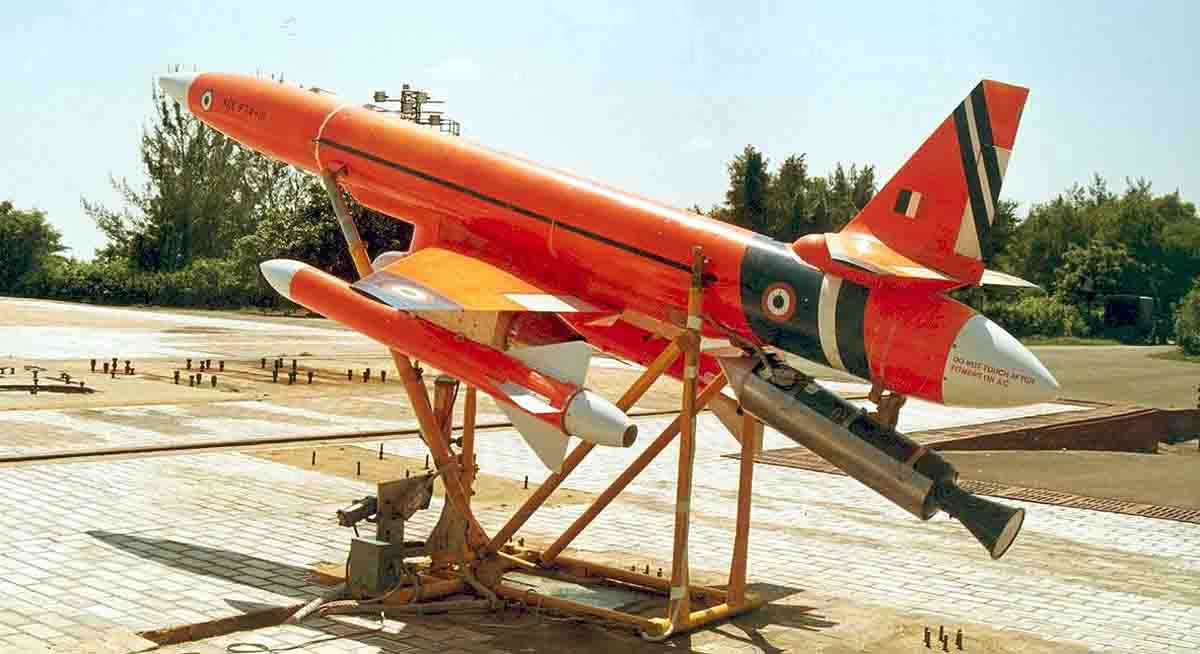During the tensions between India and Pakistan in May 2025, the Indian Air Force (IAF) employed a unique and clever strategy in Operation Sindoor. On the night of May 9-10, the IAF used unmanned aerial vehicles (UAVs) that mimicked the appearance of fighter jets like the Sukhoi-30 and Mig-29.
Typically, the Indian military uses these for targeting during missile tests. These decoy aircraft fooled the Pakistani Air Force and weakened their air defense systems, allowing India to launch precise strikes on 11 Pakistani airbases.
Read Also:
Let's break down this remarkable strategy and learn how India achieved such a brilliant maneuver...
Operation Sindoor
From May 6 to May 10, India struck Pakistan's terror sites and military bases, such as Noor Khan, Sargodha, and Bholari airbases. Fifteen BrahMos missiles were used in these attacks, causing substantial damage to Pakistan's air defenses. The success lay in the IAF's innovative approach, employing decoy drones as aircraft.
The Decoy Drone Trick: How Did They Mislead?
The IAF designed their drones to mimic the radar and infrared signals of Sukhoi-30MKI and Mig-29 fighter jets. These drones appeared as real threats to Pakistan's air defense systems. The strategy worked in the following ways...
Misleading Pakistan: These dummy drones activated Pakistan's Chinese HQ-9 missile systems and misdirected fighter jets. This exposed the positions of Pakistan's radar and command centers.
Targeting the Radar: When Pakistan switched on their radar and missile systems, the IAF deployed Israeli-made Harop drones, known as 'suicide drones.' These smart drones targeted and destroyed them by tracking radar emissions.
Clearing the Path for Attack: With Pakistan's air defenses crippled, the IAF executed precise BrahMos missile strikes on 11 airbases, including major ones like Bholari and Noor Khan.
Read Also:
Which Drones Were Used?
The IAF has not disclosed the drone models, but experts believe India employed the Target and Banshee Jet 40+ drones. These are specifically designed for air defense training and warfare strategies. Their key features include...
HEAT Exercise
HEAT exercises aim to assess different missile systems using aerial targets. Tests are monitored by telemetry, radar, and electro-optical tracking systems.

Source: aajtak
Flight operations are fully automatic. Its precision and efficiency make it a force multiplier. Flying at 180 meters per second, it covers significant distances quickly and can reach a maximum altitude of five kilometers.
Continuous flights enable missile testing. It is utilized in anti-aircraft warfare practices, surface-to-air missile drills, jammer platforms, decoy missions, and post-launch recovery modes.
Target Drone
This high-speed drone, developed by India's DRDO, is used for air defense training. It enhances radar and infrared signals to appear like Sukhoi-30 or Mig-29 aircraft.

Source: aajtak
Equipped with electronic countermeasures (ECMs), it disrupts enemy radar and communication. It reaches speeds of 700 km/hr and mimics real jets. It's cost-effective and reusable, enabling multiple drone deployments simultaneously. The Target drone's reliability and fake aircraft capabilities made it an excellent choice for Operation Sindoor.
Banshee Jet 40+
This drone, designed in Britain and used by the Indian Army, is engineered to simulate high-speed aerial threats. It enhances radar and infrared signals to resemble fighter jets or cruise missiles. With over 720 km/hr speed and jamming systems, it poses a significant challenge for adversaries. Its compact size makes tracking difficult. Banshee's versatility and IAF training experience made it ideal for this operation.
Read Also:

Source: aajtak
How Did the Strategy Work?
The IAF deployed the Target and Banshee drones with distinct radar and infrared signals, simulating a massive aerial assault. This led Pakistan to activate its entire air defense system, misdirecting fighter jets. Meanwhile, the IAF prepared for the real strike, decimating 11 airbases with BrahMos missiles.
Though Pakistan claimed to have downed five IAF jets, it later emerged they were dummy drones. On X, some users noted that the Target and Banshee drones fooled the PAF into believing they shot down real jets.
Success of the Strategy
Pervasive Air Defense Crippling:
Dummy drones exposed Pakistan's radar and missile systems for the Harop drones to eliminate.
Destruction of 11 Airbases:
BrahMos missile strikes obliterated Pakistani airbases, including Noor Khan, Bholari, and Rafiqui, destroying an AWACS aircraft.
Psychological Victory:
By misleading Pakistan with false information, India weakened their strategic posture.




